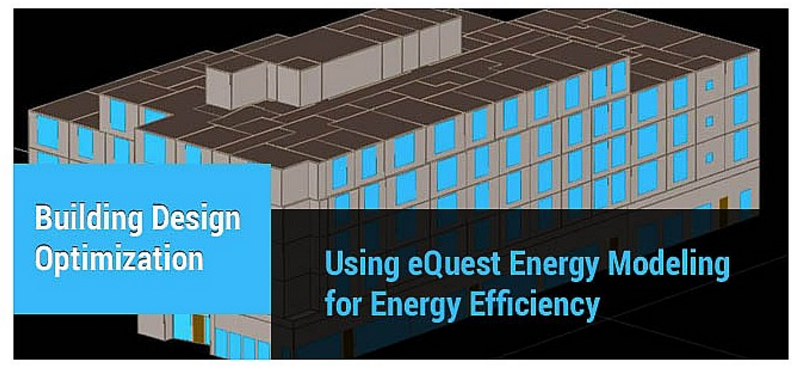What is Energy Modeling?
Energy Modelling uses computer-based software to simulate the energy usage of a facility (whether an existing building or one being designed) and compares it to a baseline building defined by ASHRAE. The building simulation includes the building location, local climate data, building orientation, and occupancy and operational schedules to reflect actual conditions as carefully as possible.
The R Group has performed Energy Models for various large commercial and residential that have resulted in more than 25% energy savings for our clients.

Benefits of Energy Modeling
Our staff can provide energy modelling of your planned or existing residential or commercial building. We use computer software that simulates the building envelope, HVAC equipment, lighting, and building schedules. Our services include energy simulation modelling, plan evaluations, and economic analyses of energy efficiency measures.
Building Design Optimization Using eQuest Energy Modeling for Energy Efficiency
Energy simulation and prediction provides a knowledgeable design decision making capabilities to architects and engineers.
New Design services: The focus of performing eQuest energy simulations should be to support early design decision making; rather than just using it for performance predictions. However; in majority cases models are made operational but delay in the design process and hence, the opportunity to use them for guiding design decisions is lost.
Energy modelling for an ‘as-built’ design, definitely adds value through code compliance, measurement verifications and validating LEED points. But, it is of little use if applied for design optimization, after the massing, envelope, orientation and glazing design is done, and mechanical systems are already defined. Here energy modelling adds little value beyond keeping scores. Be certain to use an eQuest energy model at the initial design process; its effectiveness in guiding design decisions are significant.
Information from energy simulation software is critical in the design and major renovation of energy-efficient commercial buildings. Most energy modelling software programs are hourly, whole building energy analysis programs that calculate energy performance and provide an economic analysis of building operation. These programs use a description of the building layout, constructions, operating schedules, conditioning systems (lighting, HVAC, etc.), and utility rates provided by the user, along with weather data, to perform an hourly simulation of the building and to estimate utility bills.
Using this information we can:
- Predict energy savings resulting from design alternatives that may include day-lighting, building orientation, window or shading improvement, more efficient lighting, and/or HVAC equipment.
- Analyze energy upgrades to your building to help predict energy savings.
- Provide the documentation needed to qualify for energy credits in certification programs.
- Help you predict whether your building design will meet ENERGY STAR standards.
- Greatly simplify the design process and assist architects in viewing the life-cycle impacts of design changes while comparing various design schemes. This provides valuable data to reach energy saving goals for the building before construction even begins.
- Gain a better understanding of a building’s energy performance to gauge which design or retrofit solutions are cost effective and also provide the best energy conservation options for the facility.
- Provides energy savings quantification allowing for multiple design changes that exceed minimum energy codes resulting in optimization of your building.
Building owners and design teams use our energy modeling services to:
- Identify cost-effective, energy efficiency and renewable energy strategies.
- Select designs to achieve building energy goals.
- Meet calculation requirements and demonstrate savings to earn energy efficiency incentives.
- Assess building operations to ensure long-term energy performance.
- Calculate energy performance for LEED and/or energy code.



